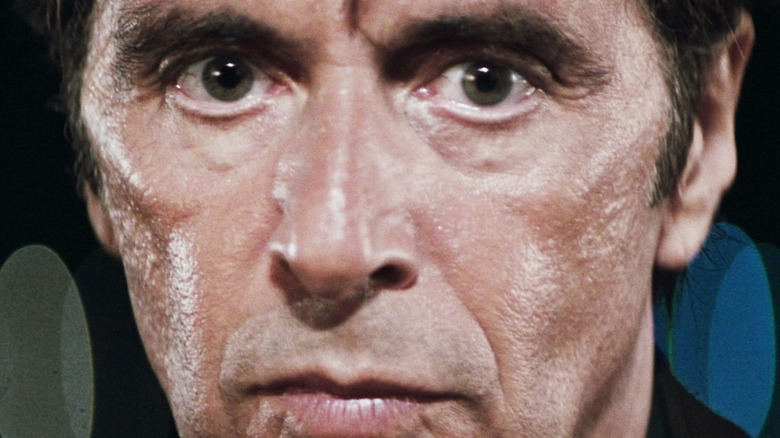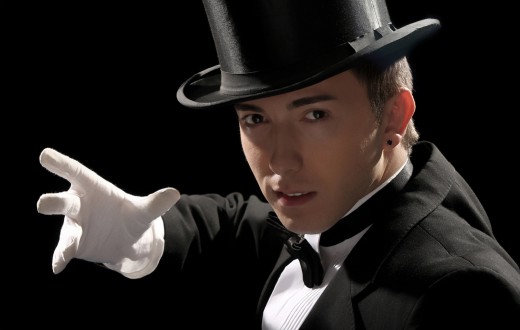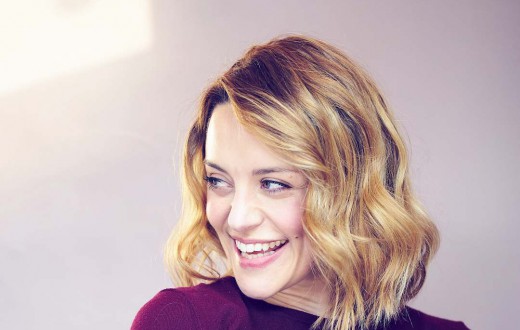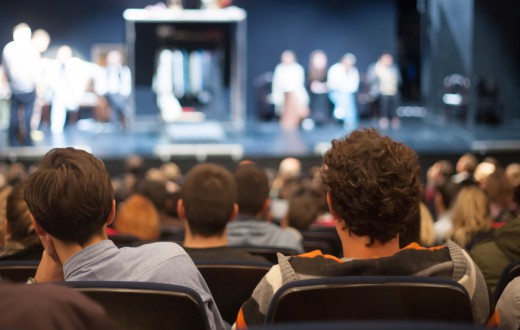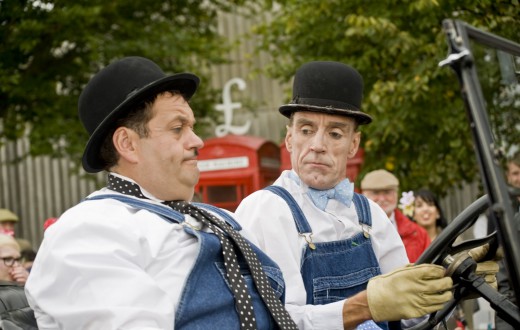In the world of cinema, close-up shots are a director’s tool to convey the unsaid, to bring the audience into the intimate world of the character. For actors, these moments are both a challenge and an opportunity to shine without saying a word. The subtlety of facial expressions can communicate volumes, transforming a good performance into an unforgettable one. It’s in these close quarters that the finesse of an actor’s craft is put to the test.
The Power of Subtlety
Meryl Streep, renowned for her chameleonic ability to embody any character, once said, “Acting is not about being someone different. It’s finding the similarity in what is apparently different, then finding myself in there.” This is especially true in close-up shots, where the slightest twitch, the subtlest softening of the eyes, or a barely perceptible smirk can reveal depths about a character’s thoughts and feelings. Streep’s performances are a masterclass in using facial expressions to convey complex emotions, proving that sometimes, less is indeed more.
The Eyes Have It
Al Pacino, an actor celebrated for his intensity, emphasizes the eyes as the window to the soul. “The camera can film my face but until it captures my soul, you don’t have a movie.” Pacino’s ability to communicate pain, anger, or love with a mere glance is a testament to the importance of mastering eye expressions. In close-ups, the eyes can speak louder than words, offering a glimpse into the character’s inner life.
Embracing Vulnerability
For close-up shots to resonate, actors must be willing to be vulnerable. Leonardo DiCaprio, who has delivered some of the most powerful close-up moments in cinema, believes in the vulnerability of his craft. “Every scene is a challenge. There are technical challenges, but often it’s the biggest emotional or physical challenges that scare you the most.” DiCaprio’s performances remind actors that vulnerability can be a strength, allowing for a genuine connection with the audience.
The Devil is in the Details
Johnny Depp, known for his transformative performances, highlights the importance of detail in acting. “With any part you play, there is a certain amount of yourself in it. There has to be, otherwise it’s just not acting. It’s lying.” In close-up shots, the smallest details of facial movement can signify a character’s lying, their truths, or the conflicts they are trying to hide. These details are crucial for portraying authenticity.
Practice Makes Perfect
Developing the skill to convey a spectrum of emotions through facial expressions requires practice and a deep understanding of the character. Ian McKellen, a stalwart of both stage and screen, advises actors to “Work on your craft, learn from people who inspire you, and watch films.” Observing others and continuously honing your craft is essential for mastering the art of facial expressions.
—-
In film, where every frame and every close-up can be a canvas for storytelling, the ability of an actor to use their facial expressions effectively is invaluable. The advice and examples from these celebrated actors underscore the importance of subtlety, vulnerability, and the power of the eyes in creating memorable performances. As actors, embracing the challenge of conveying complex emotions in close-up shots is not just about technical skill; it’s about connecting with the audience on a deeply personal level, making each moment unforgettable.
Incorporating these insights and practices into your acting can significantly enhance your ability to communicate complex emotions and thoughts, especially in the critical moments of close-up shots that demand the utmost precision and authenticity in your expressions.

